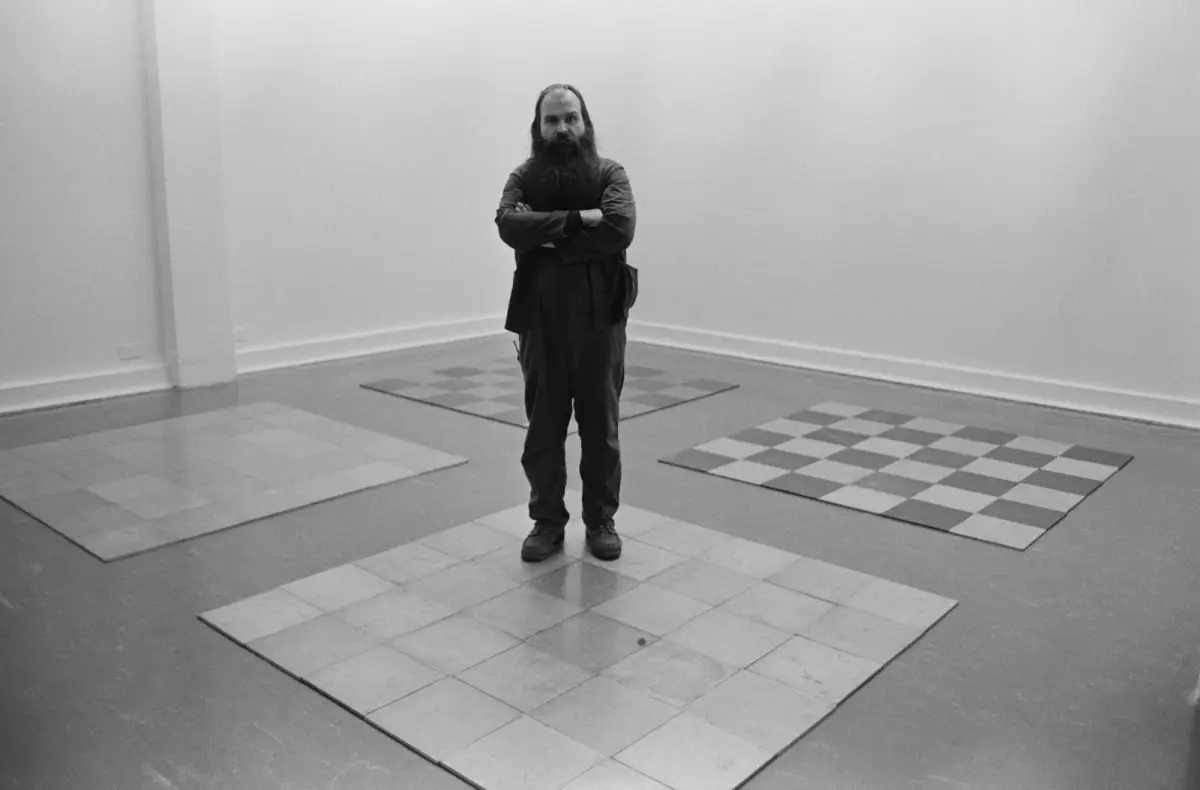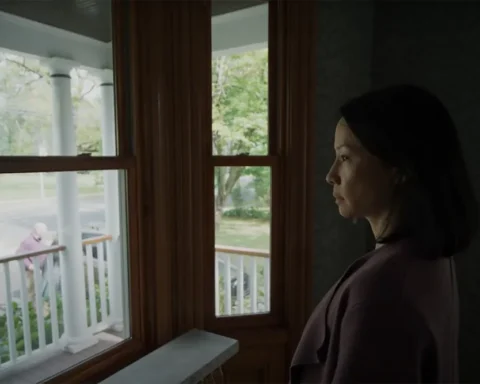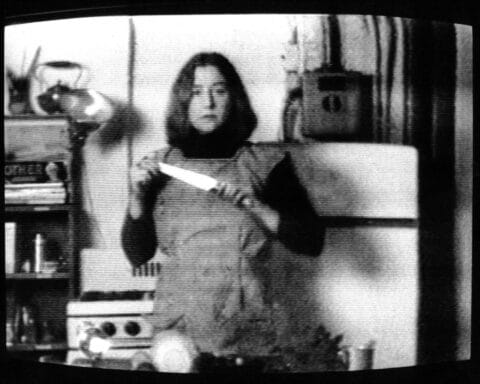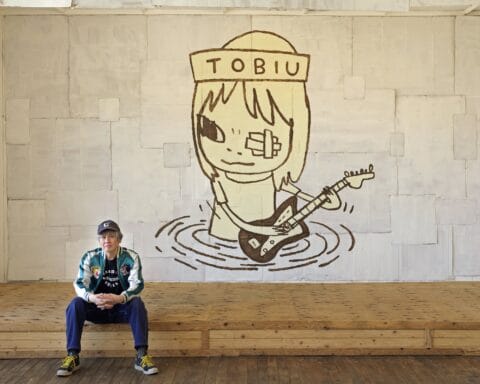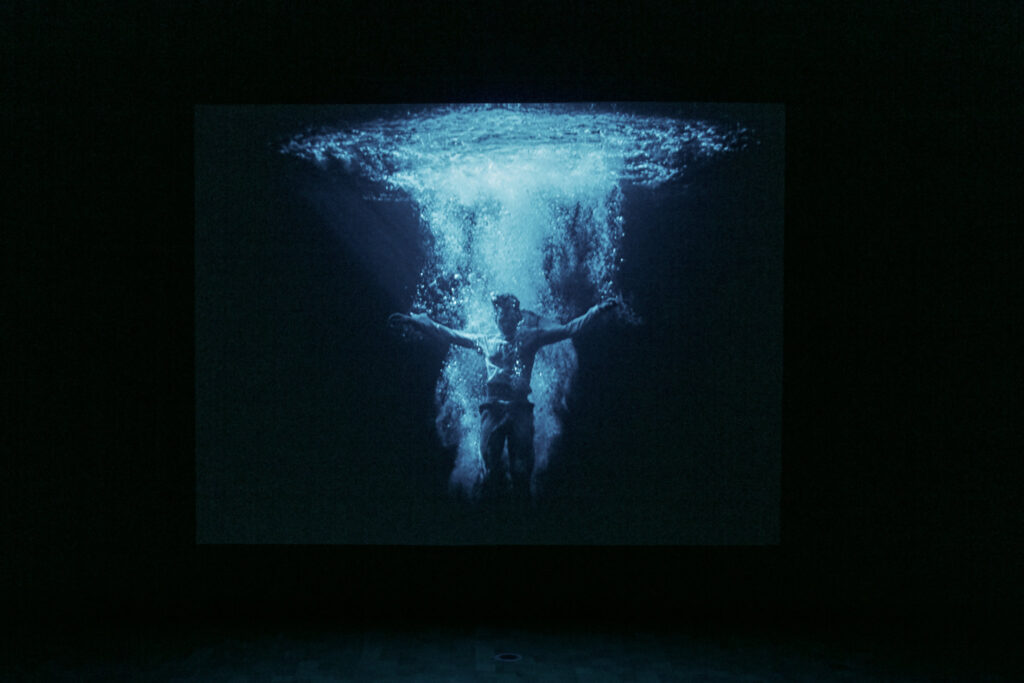Carl Andre, an American sculptor born in 1935, is a seminal figure in the Minimalist art movement. His works have consistently challenged conventional aesthetics and the understanding of what constitutes art until his passing in January 2024. By reducing art to its elemental forms and using industrial materials, Andre has created a body of work that defies traditional notions of sculpture and engages the viewer in a spatial dialogue. This article delves into the unique attributes of Carl Andre’s art, examining how his work redefined sculpture, and the broader implications of his minimalist philosophy.
The Genesis of Minimalism
To understand Carl Andre’s contributions, it is crucial to contextualize his work within the Minimalist movement that emerged in the late 1950s and 1960s. Minimalism was a reaction against the expressive and gestural styles of Abstract Expressionism. Artists like Donald Judd, Dan Flavin, and Sol LeWitt sought to strip art down to its fundamental elements, focusing on the materiality, form, and spatial relationships rather than emotional expression or representational content. This movement emphasized simplicity, precision, and the physicality of the artworks themselves.
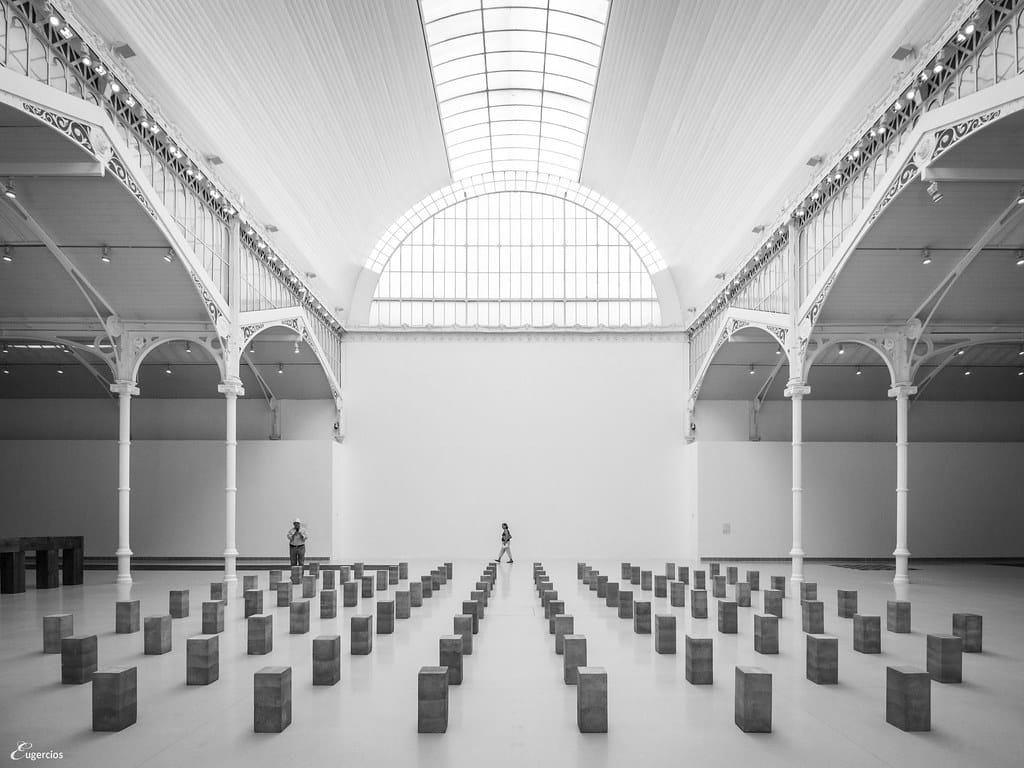
Early Influences and Development
Andre’s journey as an artist began in Quincy, Massachusetts. His early education at the Phillips Academy in Andover exposed him to a rigorous academic environment, which laid the foundation for his analytical approach to art. He later attended Kenyon College, though he left before completing his degree. Andre’s early works were heavily influenced by his contemporaries and his surroundings. He was particularly inspired by the geometric forms of Constantin Brâncuși and the spatial explorations of Piet Mondrian.
After moving to New York City in 1957, Andre became acquainted with other emerging artists, including Frank Stella, whose reductive black paintings had a profound impact on him. Stella’s maxim, “What you see is what you see,” encapsulated the ethos of Minimalism and resonated deeply with Andre’s developing aesthetic.
The Material and the Method
Industrial Materials
One of the most distinguishing features of Carl Andre’s work is his use of industrial materials. Unlike traditional sculptors who often work with bronze, marble, or wood, Andre utilizes materials such as bricks, metal plates, and wooden blocks. These materials are not manipulated or transformed into new shapes but are used in their raw, unaltered states. This approach not only underscores the inherent properties of the materials but also democratizes the art-making process, distancing it from the artisanal and the handcrafted.

Modular and Grid Structures
Andre’s sculptures often employ modular units arranged in grid-like patterns. This modularity allows for a high degree of variability and interaction with the space they inhabit. Works like “Lever” (1966), a line of 137 firebricks extending from the wall into the gallery space, and “Equivalent VIII” (1966), a rectangular arrangement of firebricks, exemplify this approach. These pieces do not aspire to monumental singularity but instead invite viewers to consider the relationship between the components and their environment.
Site-Specificity and Spatial Engagement
Andre’s sculptures are inherently site-specific, engaging directly with the architectural context in which they are placed. This site-specificity challenges the traditional pedestal-based presentation of sculpture. His works often lie directly on the floor, emphasizing the horizontality and integrating the sculpture with the viewer’s space. This horizontal orientation also invites physical interaction, as viewers can walk on or around the pieces, experiencing them from multiple perspectives.
Redefining Sculpture
The Notion of Non-Anthropocentric Art
Carl Andre’s art marks a departure from the anthropocentric tradition of sculpture. Traditional sculpture often emphasizes verticality and anthropomorphic forms, reflecting human presence and stature. In contrast, Andre’s works, with their horizontal layouts and industrial materials, negate this vertical hierarchy. By placing his sculptures on the ground, Andre subverts the pedestal, thereby democratizing the viewer’s engagement with the art. This orientation allows the sculpture to exist on its own terms, independent of human scale and ego.
Minimalist Aesthetics and the Sublime
Andre’s minimalist aesthetics invoke a sense of the sublime through their sheer simplicity and scale. The repetition of uniform units creates a rhythmic harmony, reminiscent of natural formations. This minimalist approach draws attention to the spatial and temporal experience of the viewer, transforming the mundane materials into a contemplative encounter. The sublimity in Andre’s work arises not from grandeur or complexity but from the purity and directness of his forms.
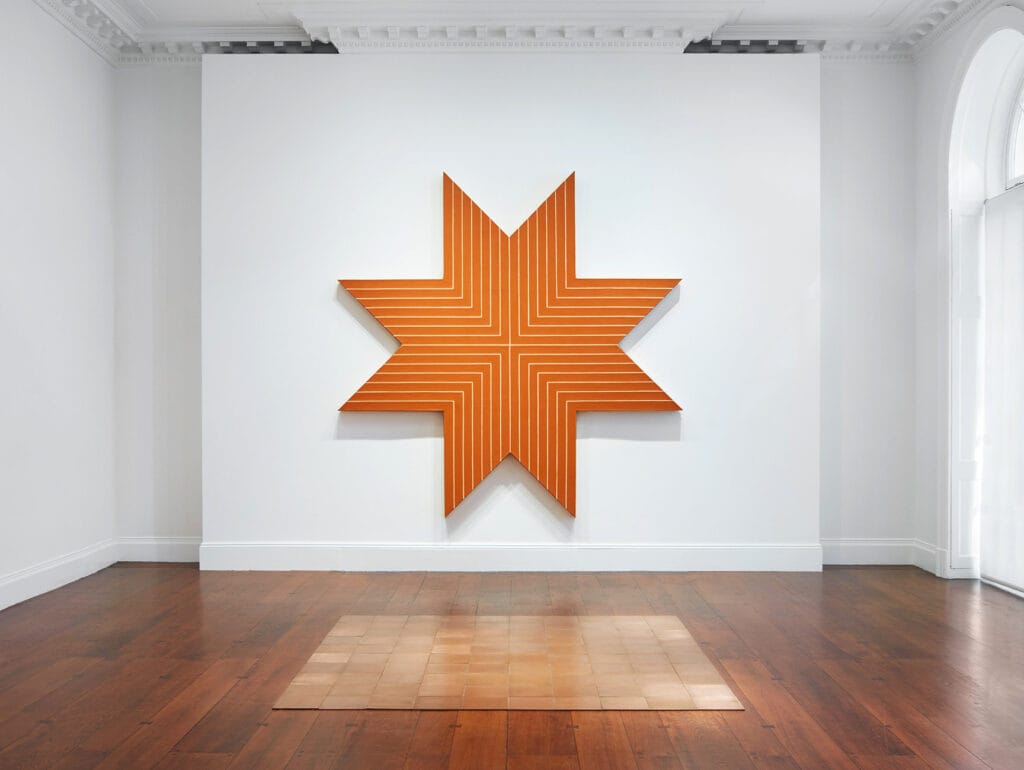


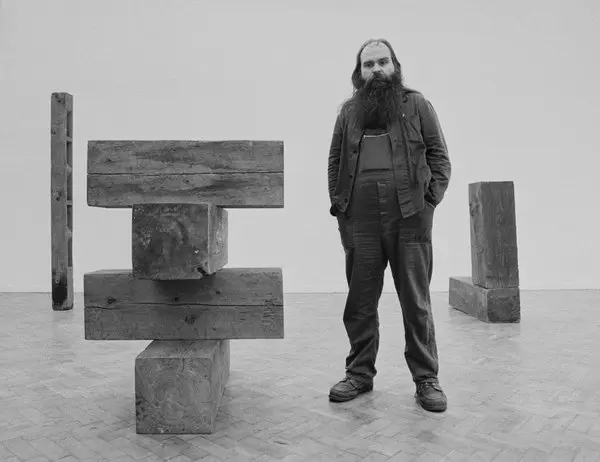
Philosophical Underpinnings
Materiality and Objecthood
Andre’s focus on materiality aligns with the broader minimalist concern with objecthood. Michael Fried’s essay “Art and Objecthood” critiques minimalism for its “theatricality,” where the artwork becomes an object in a specific context, rather than an autonomous entity. Andre’s sculptures embrace this theatricality by foregrounding the materiality and the spatial dynamics of the artwork. His works do not transcend their physical presence; instead, they assert it, engaging the viewer in a direct, unmediated experience.
The Concept of Work and Labor
Another critical aspect of Andre’s philosophy is his conception of work and labor. By using industrial materials and straightforward assembly methods, Andre blurs the line between art-making and manual labor. His sculptures often involve repetitive tasks, such as placing bricks or metal plates in a sequence, which reflects the labor-intensive processes of construction work. This emphasis on labor challenges the romantic notion of the artist as a solitary genius, instead presenting the artist as a worker among workers.
Anti-Illusionism and Real Space
Andre’s commitment to anti-illusionism is evident in his use of real space and materials. His works do not create illusions or represent other objects; they exist purely as physical entities in space. This anti-illusionistic approach aligns with the minimalist goal of eliminating metaphor and symbolism from art. Andre’s sculptures do not point to anything beyond themselves; they are complete in their material presence and spatial relationships.
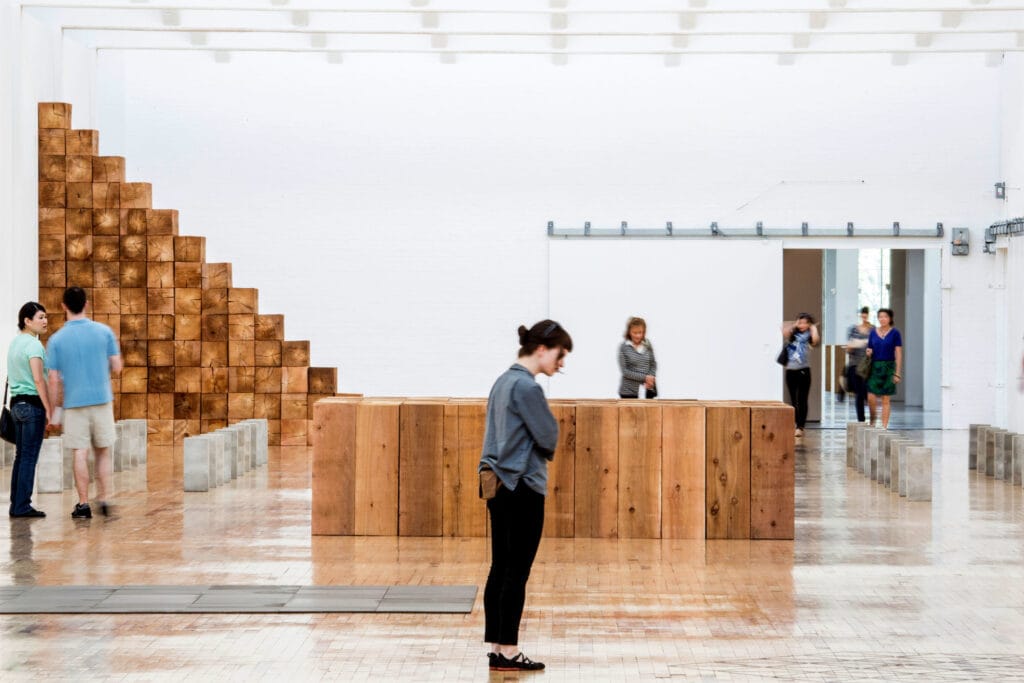
Reception and Critique
Early Reception and Controversy
Andre’s work initially faced significant criticism and controversy. The stark simplicity and industrial nature of his sculptures were often met with bewilderment and skepticism. A notable example is the backlash against “Equivalent VIII” (1966) when it was displayed at the Tate Gallery in 1976. The arrangement of firebricks was derisively referred to as “bricks” by the press, sparking a public debate about the value and legitimacy of contemporary art.
Academic and Critical Reappraisal
Despite the early controversy, Andre’s work has undergone substantial critical reappraisal. Scholars and critics have come to recognize the radical nature of his contributions to contemporary art. His emphasis on materiality, spatial engagement, and labor has been acknowledged as a significant departure from traditional sculptural practices. Andre’s work is now seen as a pivotal development in the evolution of minimalist art, influencing subsequent generations of artists.
Feminist and Postcolonial Critiques
Andre’s work has also been the subject of feminist and postcolonial critiques. Some scholars argue that his use of industrial materials and modular forms reflects a masculinist approach to art-making. Additionally, his works have been critiqued for their lack of engagement with cultural and social contexts. These critiques highlight the limitations of Andre’s minimalist philosophy, pointing to the need for a more inclusive and contextually aware approach to art.




Legacy and Influence
Impact on Contemporary Sculpture
Carl Andre’s influence on contemporary sculpture is profound and far-reaching. His minimalist approach has inspired countless artists to explore the possibilities of industrial materials and spatial configurations. Artists such as Richard Serra, Rachel Whiteread, and Donald Judd have drawn on Andre’s innovations, expanding the boundaries of minimalist sculpture and installation art.
Institutional Recognition and Exhibitions
Andre’s work has been extensively exhibited and collected by major art institutions worldwide. Retrospectives at venues such as the Museum of Modern Art (MoMA) in New York and the Tate Modern in London have cemented his status as a central figure in contemporary art. These exhibitions have provided comprehensive overviews of his career, showcasing the diversity and depth of his sculptural practice.
The Role of Public Art
Andre’s contributions extend beyond the confines of galleries and museums. His public sculptures, such as “Stone Field Sculpture” (1977) in Hartford, Connecticut, and “Blocks and Stones” (1973) in Middelheim Sculpture Park, Belgium, demonstrate his commitment to integrating art with public spaces. These works engage directly with their environments, fostering a dialogue between the artwork, the site, and the public.

A Personal Encounter: Walking on Art
The Initial Encounter
The first time I encountered Carl Andre’s work, I was struck by the sheer audacity and unconventionality of his pieces. Walking into a gallery space and seeing “Equivalent VIII” laid out on the floor was both impressive and disorienting. The firebricks, meticulously arranged, demanded attention not through grandeur but through their grounded simplicity. Unlike traditional sculptures that command a pedestal or a frame, Andre’s work was laid bare, inviting an intimate and direct interaction.
The Transformative Experience
What made the experience truly transformative was the realization that I was not merely an observer but an active participant. Andre’s work breaks the unwritten rule of “do not touch” in the art world. Here, walking on the sculpture was not only permitted but integral to experiencing it fully. Each step on the metal plates or firebricks was a dialogue with the material, the space, and the concept behind the work. This tactile interaction bridged the gap between art and viewer, making the experience profoundly personal.
Impressions and Reflections
Walking on Carl Andre’s art was initially unsettling. The ingrained habit of preserving the sanctity of art, of maintaining a respectful distance, was challenged. However, this very challenge was liberating. The horizontal layout of the sculptures erased the hierarchical distinction between viewer and art. It felt as though the sculpture and I were coexisting in the same space, both equally significant. This egalitarian engagement transformed my perception of what art could be – not just a visual spectacle but a physical and spatial experience.
The Broader Implications
This personal encounter with Andre’s work illuminated the broader implications of his minimalist philosophy. His sculptures are not passive objects but active spaces that demand interaction. By allowing the viewer to walk on the art, Andre democratizes the experience, breaking down barriers between the art and its audience. This physical engagement fosters a deeper connection and understanding, making the artwork a shared space of exploration and contemplation.

Conclusion
Carl Andre’s art represents a radical reconfiguration of the sculptural paradigm. By embracing industrial materials, modular forms, and site-specific installations, Andre has challenged traditional notions of what sculpture can be. His work foregrounds materiality, labor, and spatial engagement, inviting viewers to experience art in new and profound ways. Despite initial controversy and ongoing critiques, Andre’s contributions to minimalist art remain influential and enduring. His legacy continues to shape contemporary sculpture, prompting ongoing discussions about the nature and possibilities of art.
Andre’s defiance of conventional aesthetics and his exploration of minimalism have left an indelible mark on the art world. His works compel us to reconsider the relationship between art and space, material and meaning, and artist and viewer. In doing so, Carl Andre has not only redefined sculpture but also expanded the boundaries of artistic expression. My personal encounter with his work, walking on a piece of art, was a transformative experience that reshaped my understanding of the interactive and egalitarian potential of contemporary art.
